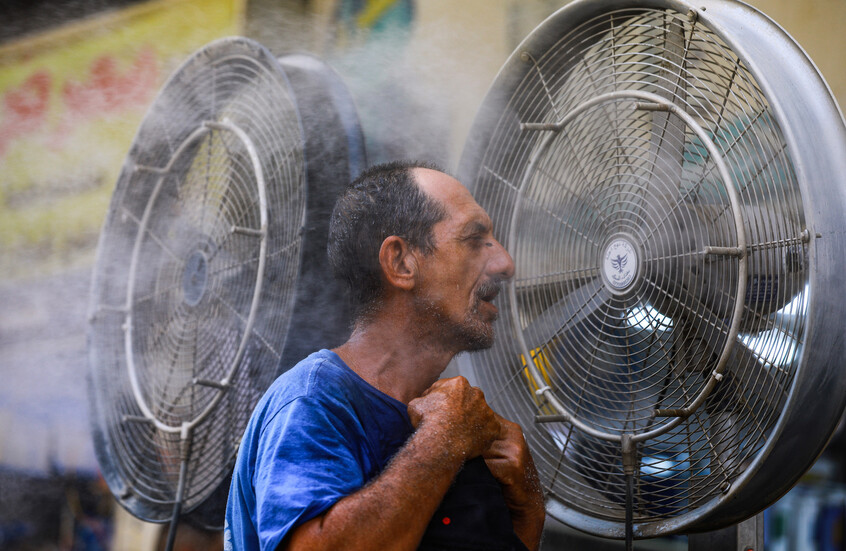The Middle East is suffering under the phenomenon of the "heat dome".. Warnings of escalating risks

Countries in the Middle East are experiencing an unprecedented heat wave in August that has raised temperatures to record levels, due to the phenomenon of the "heat dome" that traps hot air over the region and prevents the escape of cold air masses.
Iraq recorded 52.6°C in the south, Kuwait over 50°C in Jahra and Kuwait Airport, while temperatures in Upper Egypt reached 49°C with a stifling heat sensation. Jordan's Badia recorded 43°C and the capital Amman 42°C, while Syria and Palestine exceeded their annual averages by 8–10 degrees.
In the Maghreb, temperatures in Morocco reached 47°C in Tata and over 45°C in Fez and Marrakech, with continued conditions above 40°C in wide areas.
Algeria, Tunisia, Libya, and Mauritania also experienced unusual heat and dry weather that affected agriculture, especially in the northwest of Algeria and northeast Libya.
The World Meteorological Organization warned that climate change is making these heat waves more frequent and intense, calling for enhanced early warning systems and protection plans for the most vulnerable groups.
Experts confirm that the region is warming faster than the global average, and such waves may become commonplace by mid-century unless emissions are reduced.
The U.S. National Oceanic and Atmospheric Administration explains that the "heat dome" is a high-pressure system that traps hot air and gradually intensifies it, while reducing the chances of heat dissipation or rainfall, leading to longer and more dangerous heat waves.